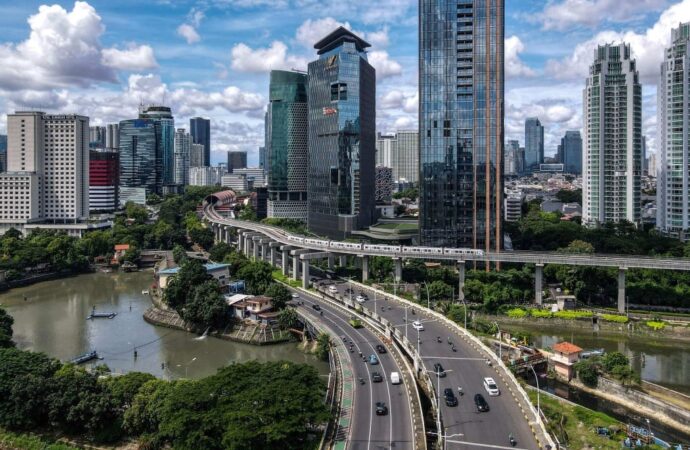Amid U.S.-China trade tensions and falling rents, Asia-Pacific office tenants favour flexible workspaces and short-term leases. Landlords prioritise tenant retention, while markets like India and Southeast Asia show resilience. Hong Kong remains the priciest despite a prolonged slump, with regional office supply expected to rise further.
As the U.S.-China trade war continues to cloud the global economic outlook, office tenants across Asia-Pacific are shifting strategies—opting for short-term leases and flexible workspaces to hedge against uncertainty.
According to a recent report by Knight Frank, this cautious approach is becoming more widespread as decision-makers delay long-term real estate commitments. “Forward-looking expectations will inevitably turn more cautious as a new modus operandi for the global economy emerges,” said Tim Armstrong, Knight Frank’s global head of occupier strategy and solutions.
The region’s prime office rents are already feeling the pressure. They dipped by 0.9% in Q1 2025, following a 0.4% drop in Q4 2024. While Brisbane stood out with a modest 0.5% gain, most markets remained flat or fell. Despite a six-year slump of 42%, Hong Kong continues to hold the title of the region’s priciest office market, with average annual rents at $127.30 per square foot—still outpacing Singapore and Sydney.
Vacancy rates across the region held steady despite adding 1.3 million square meters of new supply. Phnom Penh and Shenzhen reported the highest vacancy levels—26.4% and 25.7%, respectively. However, tightening supply in India and Southeast Asia helped balance out oversupply in mainland China.
Amid this uncertainty, landlords are prioritizing tenant retention over rental growth. “Against this volatile backdrop, landlords will be compelled to remain accommodative on rents to secure tenancies,” said Christine Li, Knight Frank’s head of research for Asia-Pacific.
The trade war’s impact is especially pronounced after U.S. President Donald Trump imposed cumulative tariffs of up to 145% on Chinese goods, with China retaliating at 125%. With negotiations stalled, both sides remain in a holding pattern, further dampening business sentiment.
“This trend is driving a stronger focus on lease renewals,” Armstrong noted, particularly among tenants already housed in premium buildings. At the same time, the demand for flexible office solutions is growing as companies look for agility in uncertain times.
Not all markets are facing the same pressure. India, for example, recorded a strong performance last quarter, with tenants leasing 1.7 million square meters of space—a 94% year-over-year jump. Bengaluru alone accounted for 65% of those deals, led by global capability centres.
Meanwhile, Jakarta showed signs of recovery after months of rental declines, posting a 4.2% increase in Q1 2025—the strongest among 23 tracked cities. Knight Frank also highlighted steady improvements in Southeast Asian capitals such as Kuala Lumpur and Bangkok, reflecting the resilience of domestic-focused markets.
Still, the road ahead remains uneven. Cushman & Wakefield forecasts that Hong Kong’s office rents could slip by another 7% to 9% this year, underscoring ongoing market fragility.
With supply expected to grow by 5.7% across the region in 2025, reaching around 200 million square meters, the balance of power is shifting. Flexibility, not long-term commitment, is becoming normal in the Asia-Pacific office market.























